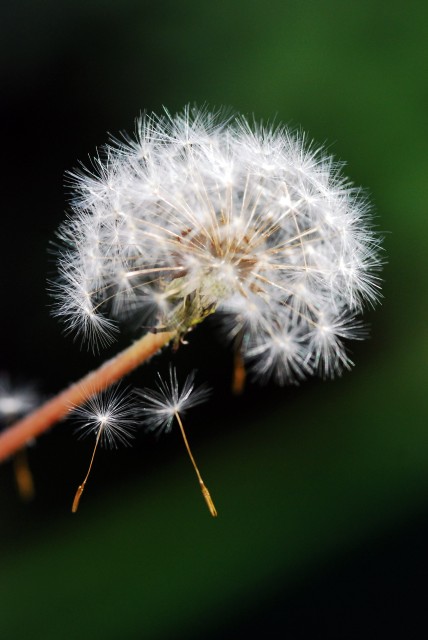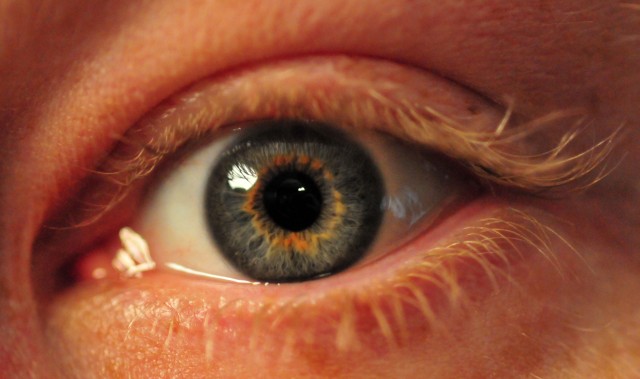Nikon 105mm f/2.8 D-AF Micro (Macro)

I'd get one here.
Introduction
This is a fast (f/2.8) fixed (or prime) lens that is a handy tool for macro (close-up) photography.
Nikon calls this a "Micro" lens, but the lens itself isn't small. This is Nikon's term (engrish perhaps?) for "macro" or "close-up" photography.
Just how close is "close-up" in these terms? Well, this lens is capable of a 1:1 magnification. This means that something that is 2mm in size would take up 2mm on a negative, if you took its picture using a film camera and this lens. That's close!
Nikon has made several versions of this lens. Older types are the non-D (or AI-s) and work okay. If you're investing the money, I recommend spending the extra for the D type. It is newer and the D will communicate better with your camera's body to calculate flash exposure and it is often handy to have the D data in your EXIF for your image files.
The newest version of this lens is a super-expensive AF-S with VR. I have not personally tested this new version, but I love this version so much I'm sure you would as well. If you have more money than brains then sure, go for the AF-S VR, but what you save by not spending on that you can buy another memory card.
Specifications
This lens is surprisingly light for its size and being a professional lens with reliable metal filter mounts and all. The optics are nine elements arranged in eight groups.
Minimum Aperture: f/2.8 (at infinity)
Maximum Aperture: f/32 (at infinity)
Note: at the other end of the focus range (the 1:1 end) these number change to f/5 and f/57 respectively.
The diaphragm has 7 blades, not the nicer 9 blade setup that I prefer for portrait lenses, but due to the length of the lens (105mm) it still makes for a handy portrait lens shooting wide open.
Performance
AF is fast, but I don't use it that much. If I'm shooting Macro then I almost always shoot manual focus. The only exception might be if I'm going to hand-hold a tree branch or something, then I'll switch over to AF. When I do, I often find the setup focusing in/out a lot and hunting. This is due in-part to the camera body thinking about where it needs to go. The lens has a focus limiting switch that I find handy to help with the AF hunting and just to keep me from being silly and spinning too far from where I need to be
Often I like to spend an afternoon walking around exploring just a few feet from my front door. I usually walk around with a few camera bodies and this lens is always on one of them. I like to have a good overall zoom lens, a wide-angle, and this macro available to me at all times.
My only problem is that I always think I'll be shooting something else when I go out "for fun" and so I put this lens on lesser body saving my main camera body for what I think I'll shoot most. I'm wrong 99.9% of the time and I come home with nearly two thirds of my shots done on this lens.
Maybe I'll learn next time... probably not.
Examples
Following are some sample photos to demonstrate the power of this type of lens and some general uses which will likely yield good results. If you shoot things like these, then this lens may be a good one to think about adding to your camera bag.

This bug, with its awesome turquoise and red colors (and a touch of purple on the wing tips) is commonly called a leafhopper. It's scientific name is graphocephala coccinea but many folks refer to it as a redbanded leafhopper (or red-banded leafhopper). I've also seen them called scarlet and green leafhoppers.





Yes, that is a baby spider crawling on that dandelion.




Nikon D80 body, 105mm lens, and a skink.

Above photo is a "self portrait" done by my second photogarpher, Jeremy.